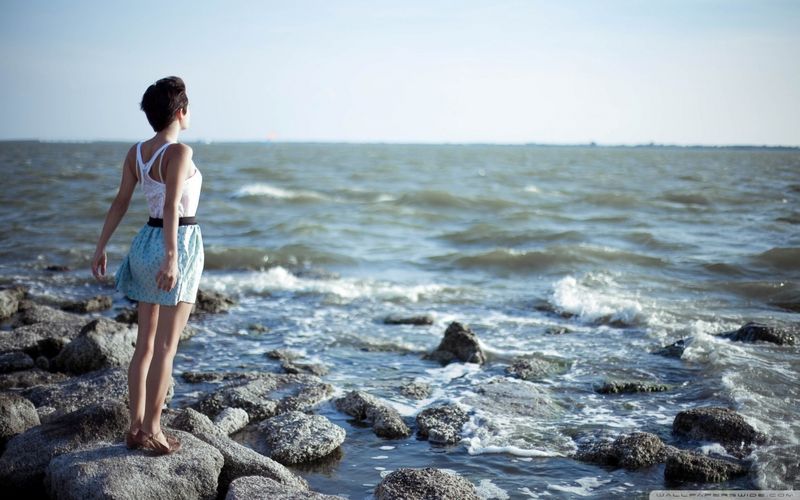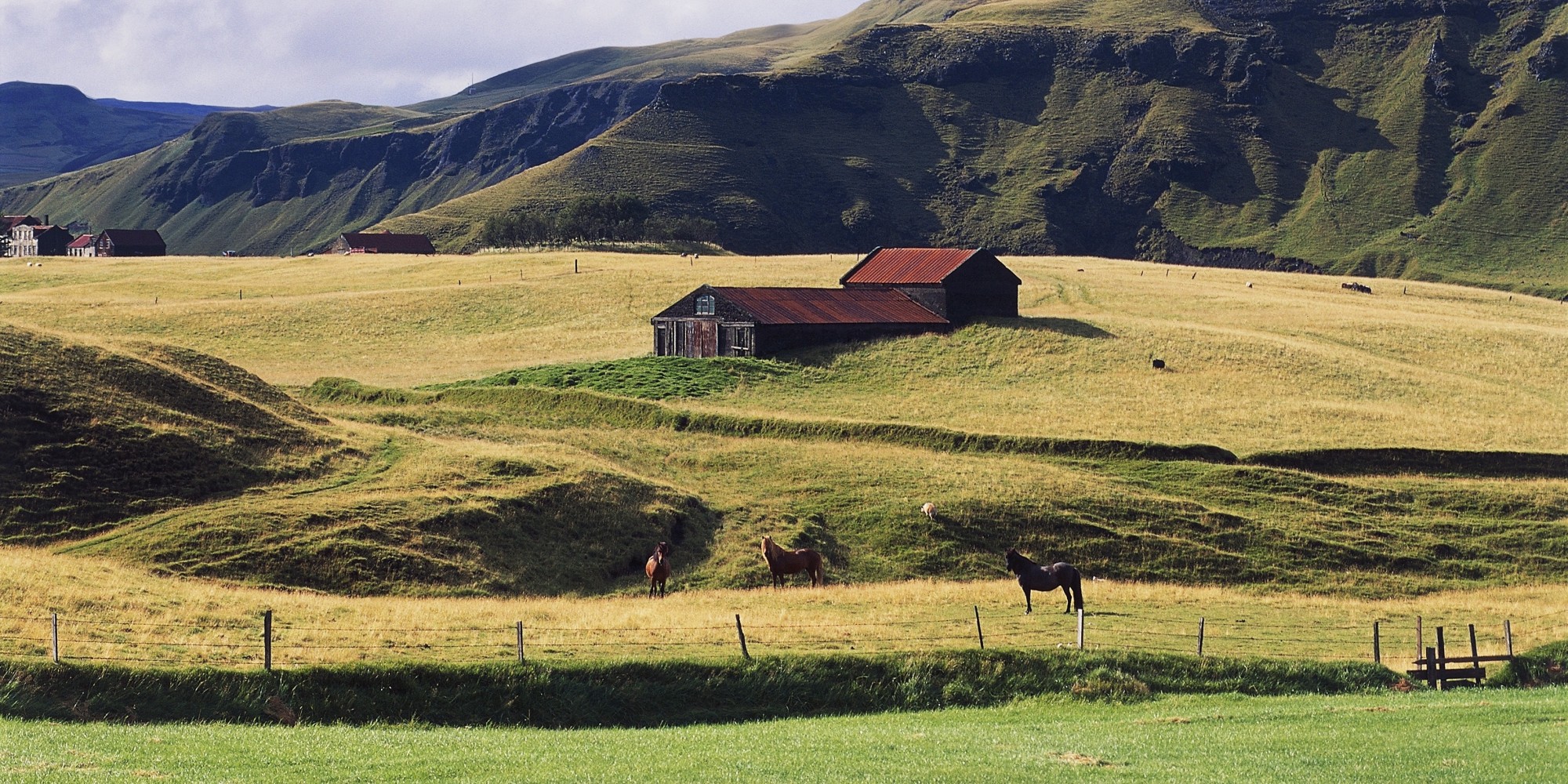Thousands of years before SCUBA or even rudimentary mechanical diving apparatuses, human beings plumbed the ocean’s depths with nothing but discipline and one giant, pre-plunge gulp of air.To make a living and feed their families, ancient fishermen, pearl hunters, sponge gatherers, and shipwreck salvagers trained themselves to overcome the all-powerful urge to breathe so they could stay underwater for minutes at a time.
Don’t Hyperventilate!
Like most kids growing up, my friends and I would do breath-holding contests in my neighbor’s pool. The technique we all used to extend our time was to hyperventilate right before we went underwater.A few decades back, this was how many freedivers and spear fishermen were taught to extend the length of their breath-hold too. And magician David Blaine used a similar technique to train himself for breaking the underwater breath-holding world record.
Learn How to Take a Full, Deep Breath
Take a breath. Did your chest and shoulders rise? Yes? You just failed at breathing. When your chest and shoulders rise when you breathe, it means you’re breathing with just the top part of your lungs.If you want to store more oxygen for your deep-sea diver breath-hold, you need to learn how to use the total volume of your lungs. A proper breath begins from the diaphragm. You know you’re breathing correctly if your belly is moving up and down rather than your shoulders.
Take a full, deep breath with your mouth, and imagine your lungs are filling up, starting from their very bottom. Slowly, you feel your lungs fill near your diaphragm. Next, you feel the air filling your lungs by your sternum. Finally, fill the very top of your lungs near the top of your chest. You’ve successfully taken a full, deep breath — the kind you’ll take right before you start holding it. According to freediver Hanli Prinsloo, your deep inhalation should take 20 seconds.
 Train with CO2 and O2 Static Apnea Tables
Train with CO2 and O2 Static Apnea Tables
“Static apnea training” is what deep-sea divers use to condition their lungs and body to withstand the effects of prolonged breath-holding. “Static” refers to the fact that you’re not swimming or moving your body while you do these exercises; you’re staying still.There are two laddering programs: one table conditions your CO2 tolerance, and the other helps you increase the amount of oxygen your lungs can store.
Finally, Stay as Still as Possible
 Movement uses precious oxygen, so if you want to hold your breath longer, stay as still as you can. Holding your breath while swimming down to a depth of 300 feet is a whole ‘nother ball game with its own set of required techniques!But now you at least know how hold your breath like a deep-sea freediver. Take your time, don’t rush it, and most importantly, don’t be stupid!
Movement uses precious oxygen, so if you want to hold your breath longer, stay as still as you can. Holding your breath while swimming down to a depth of 300 feet is a whole ‘nother ball game with its own set of required techniques!But now you at least know how hold your breath like a deep-sea freediver. Take your time, don’t rush it, and most importantly, don’t be stupid!





